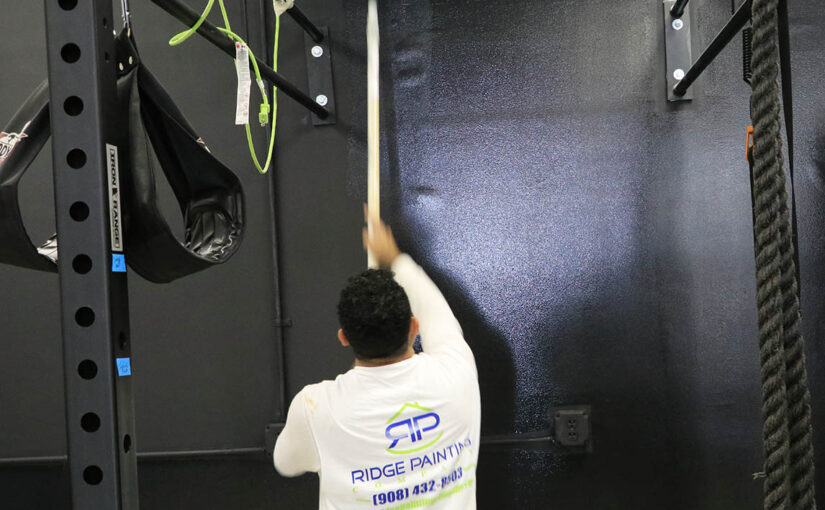Ensuring Excellence in Commercial Retail Painting: A Focus on Quality, Durability, and Professional Application
In the dynamic landscape of commercial retail painting, the visual appeal of a store is not just a matter of aesthetic preference but a crucial business strategy. Two critical elements define the success of a store’s appearance: the quality and durability of the paint used, and the professionalism in its application and finishing. This article delves deep into these aspects, highlighting their importance and impact on a retail store’s overall allure and durability.
Quality and Durability of Paint
Understanding the Demands of a Commercial Space
Commercial retail spaces face unique challenges that residential or less frequented spaces do not. High foot traffic, frequent touching of surfaces, exposure to sunlight, and varying weather conditions are just a few factors that can degrade paint quality over time. The choice of paint in such environments, therefore, must be predicated on its ability to withstand these rigors.
Selecting the Right Type of Paint
The market offers a range of paint types, each suited to different needs. For high-traffic areas, acrylic latex paints are often preferred due to their durability and ease of cleaning. For exterior surfaces, elastomeric coatings, known for their waterproof and flexible properties, can be ideal in protecting the building against weather elements.
Considering Environmental Factors
Each retail space comes with its own set of environmental conditions. A store in a humid, coastal area might require different paint compared to one in a dry, urban setting. Paints that resist mold and mildew are essential in humid environments, while those with UV protection are necessary in areas with high sun exposure.
The Role of Colorfastness
Colorfastness is a crucial attribute in paint selection for retail spaces. The ability of paint to maintain its color without fading is essential for keeping the storefront looking vibrant and fresh. UV-resistant paints are particularly beneficial in ensuring that the color does not fade or change over time.
Safety and Health Compliance
In a retail environment, the safety and health of customers and employees are paramount. Using low-VOC (Volatile Organic Compounds) or zero-VOC paints is recommended to maintain indoor air quality and reduce the risk of health issues related to paint fumes.
Professional Application and Finishing
The Importance of Surface Preparation
Professional painting begins long before the actual application of paint. Proper surface preparation, which includes cleaning, repairing cracks, sanding, and priming, is critical. This prep work ensures that the paint adheres properly and lasts longer, providing a smooth, flawless finish.

Technique and Precision in Application
The method of paint application plays a significant role in the final appearance. Brush, roller, or spray – each has its specific use, and choosing the right application method based on the surface and type of paint is crucial. Professionals bring the skill and expertise needed to execute these techniques effectively, ensuring a uniform and consistent finish.
Attention to Detail and Aesthetics
A professional painting job is distinguished by its attention to detail. This includes crisp lines, even coats, and careful painting around fixtures and fittings. In a retail setting, where every detail can influence customer perception, such meticulousness is key.

Timely and Efficient Execution
Commercial retail spaces cannot afford long downtimes. Commercial painters not only provide quality but also efficiency, ensuring that the painting job is completed within a set timeframe to minimize disruption to business operations.
Long-Term Maintenance and Care
Painting contractor services often include advice and plans for long-term maintenance. Regular touch-ups, cleaning, and inspections are part of this, ensuring that the paint remains in top condition, thereby extending its life and maintaining the store’s aesthetic appeal.
Conclusion
In conclusion, the painting of a commercial retail store is a significant investment that goes beyond mere color choices. It encompasses the selection of high-quality, durable paint and entrusts its application to skilled professionals. This attention to quality and detail not only enhances the immediate visual appeal of the store but also ensures its lasting attractiveness and structural integrity. In the competitive world of retail, where first impressions can make or break customer relationships, investing in the right paint and professional application is not just a wise decision but a necessary strategy for success.

